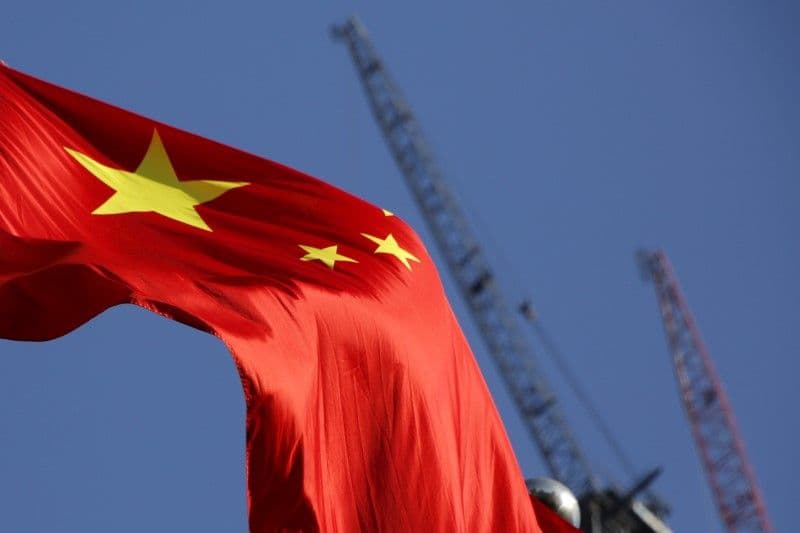The volume of new loans issued by Chinese banks fell in October compared to the previous month.
New loans offered by Chinese banks fell in October compared to the prior month, signaling that households and companies in the country are cautious about taking on debt during a time of sluggish economic activity and global trade tensions.
Banks made 220 billion yuan, or roughly $30.9 billion, in new loans last month, down from 1.29 trillion yuan in September, according to People’s Bank of China data cited by Reuters. Analysts had anticipated the figure would stand at 500 billion yuan, after a boost from seasonal factors wears off, Reuters reported.
Analysts have suggested that the Chinese government’s push to roll out policy-based financial tools worth 500 billion yuan have yet to yield a rise in investment, while a recent trade truce between Beijing and the U.S. is seen granting only a marginal lift to the world’s second-largest economy.
Tepid consumer spending and a protracted property crisis have weighed on China’s economy in recent years, sparking calls for Chinese officials to step in with support measures.
In a note, analysts at BofA flagged that the People’s Bank of China said commercial banks are increasing bond purchases rather than extending loans, adding that the central bank is "increasingly adopting relenting to allocate base money."
"This could be distorting the monetary aggregates and may explain [...] weaker M2 growth and higher M1," they wrote.
M1 money supply includes the most liquid forms of money, such as physical currency and checking account deposits. M2 is a broader measure that includes all of M1 plus less liquid assets like savings deposits, time deposits, and money market funds.
The BofA analysts argued that China’s monetary aggregates are "flashing warning signs" which echo "past episodes of excess liquidity and weak monetary transmission," including after the 2008 financial crisis and during stringent COVID-19 pandemic lockdowns.
"Households and corporates are hoarding funds in demand deposits, while credit creation and time deposits stall amid disinflation concerns," they said.
For equities, rising M1 relative to M2 correlates with outflows, which suggest that onshore Chinese liquidity is seeking offshore risk assets in Hong Kong, the analysts said. Portfolio outflows hit a record $58 billion in July, they noted.
